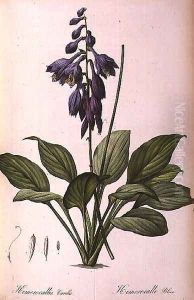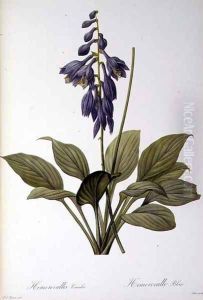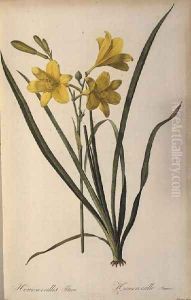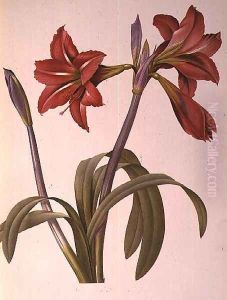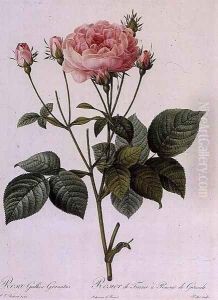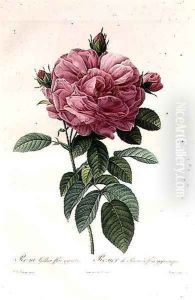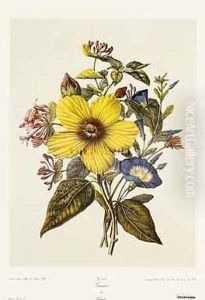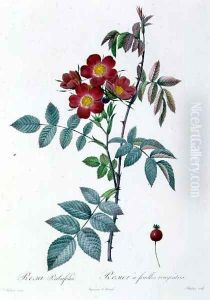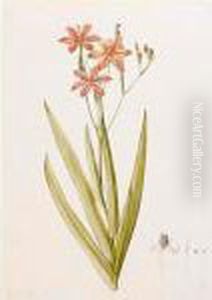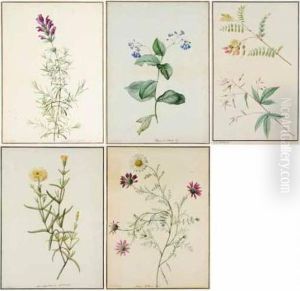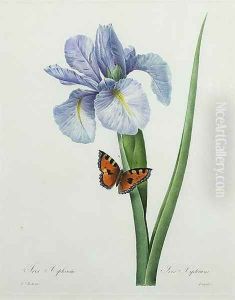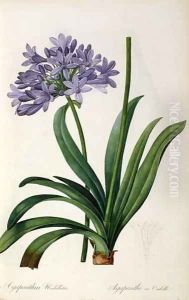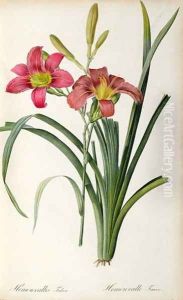





Hemerocallis fulva, from Les Liliacees
-
About Reproduction
Discover the allure of art with our faithful reproduction of "Hemerocallis fulva, from Les Liliacees", originally brought to life by the talented Pierre-Joseph Redoute. Unlike posters or prints, our hand-painted oil painting breathes an unique sense of depth and texture into your space. Every detail, every stroke, and every texture is meticulously recreated, paying the perfect homage to Pierre-Joseph Redoute and his artistic vision.
Owning this piece is more than just decoration - it's a statement of your refined taste in art. Let the vibrant colors and intricate details of this replica serve as a daily reminder of the beauty in our world. Elevate your decor and appreciate the richness of art with our replica of this masterpiece.
-
Painting Description
Hemerocallis fulva, commonly known as the tawny daylily, is a perennial herbaceous plant in the family Asphodelaceae. This species is native to Asia, including regions such as China, Japan, and Korea, and has been widely naturalized in other parts of the world, particularly in North America and Europe. The plant is renowned for its striking, trumpet-shaped flowers that exhibit a vibrant orange hue, often with a darker central stripe, which bloom for a single day before withering, hence the name "daylily."
The tawny daylily is characterized by its robust, clump-forming growth habit, with long, arching, grass-like leaves that can reach up to 90 cm in length. The flower stalks, or scapes, rise above the foliage, bearing multiple buds that open sequentially, ensuring a prolonged flowering period from late spring to midsummer. Each flower typically measures 7-12 cm in diameter and consists of six tepals arranged in a radial symmetry.
Hemerocallis fulva has been a popular subject in botanical art and literature due to its aesthetic appeal and horticultural value. One notable depiction of this species is found in "Les Liliacées," a monumental botanical work by the renowned French artist Pierre-Joseph Redouté. Published between 1802 and 1816, "Les Liliacées" comprises over 500 plates illustrating various members of the lily family and related plants. Redouté's meticulous and lifelike illustrations have been celebrated for their scientific accuracy and artistic beauty, making significant contributions to botanical studies and the appreciation of plant diversity.
In addition to its ornamental use, Hemerocallis fulva has been utilized in traditional medicine and cuisine in its native regions. Various parts of the plant, including the flowers, buds, and tubers, are edible and have been incorporated into dishes for their nutritional and purported medicinal properties. However, it is important to note that some individuals may experience allergic reactions or gastrointestinal discomfort from consuming daylily parts.
Overall, Hemerocallis fulva stands out not only for its horticultural charm and adaptability but also for its cultural and historical significance, as captured in the exquisite illustrations of Pierre-Joseph Redouté's "Les Liliacées."
-
Lead Time & Shipping
When you order this oil painting replica, it typically takes 2-3 weeks to paint. If the artwork is more complex, it might need a little more time to ensure the best quality. Once it's ready, we'll send you a photo for your approval. After you give the green light, we'll ship it to you for free.
-
Return & Refund
We believe in the quality of our hand-painted oil painting reproductions, and your satisfaction is our priority. If for any reason, you are not completely satisfied with your purchase, we offer a 45-day return policy. You can return your artwork within 45 days of receipt and receive a full refund. Please note that the artwork must be returned in the original packaging and in the same condition as it was received.





